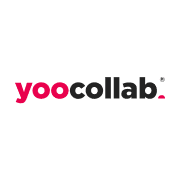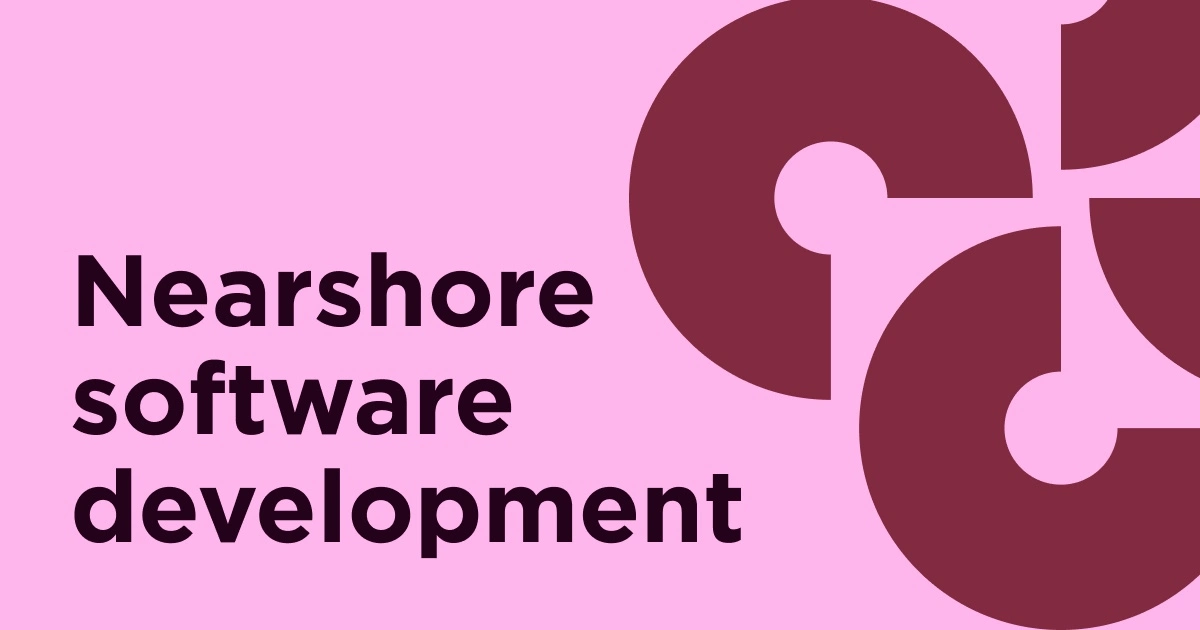Launching a startup in 2025 is both exciting and challenging. The global tech ecosystem is booming, but so is the competition.
Startups must balance innovation, speed, and cost-efficiency while navigating one of the toughest recruitment landscapes in decades.

